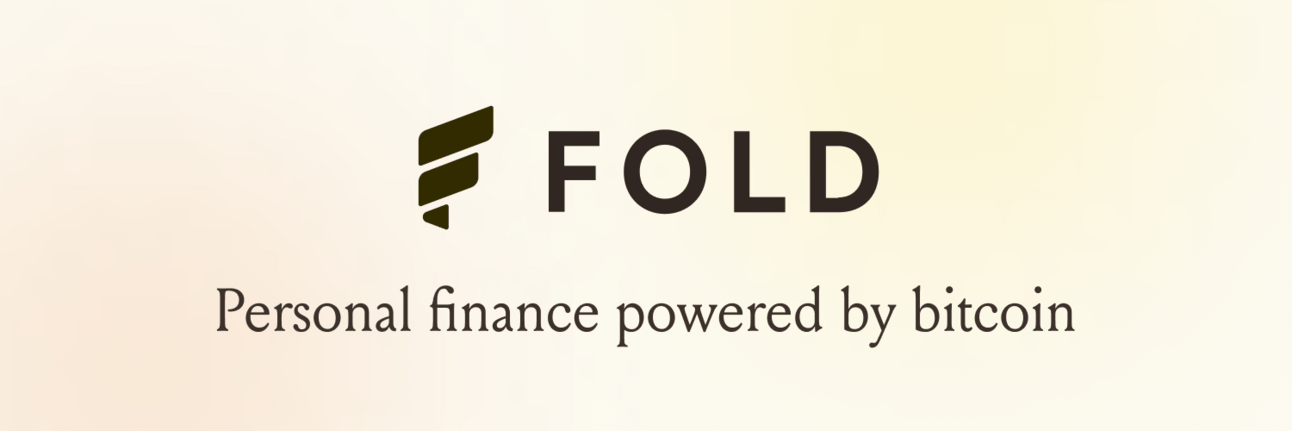2 September 2024 · Block Height 859694 · Bitcoin Price $59K
Welcome back to the Blockspace Newsletter! Today, we’re throwing two articles your way to get your week started right:
📈 September bear bath? Bitcoin price headed into the fall.
🪓 How Runes set a fee rate floor.
The Blockspace Newsletter is brought to you by Fold, the best place to buy and save in Bitcoin. Click the link to get free satoshis by signing up!
Is Bitcoin Ready For “Septembear” Again?
Bitcoin is up 40% over the last eight months, but the next four week could be tumultuous if history is any guide. Dubbed as “Septembear” by many traders, the end of 2024’s third quarter has a dreary outlook.
Since March, the Bitcoin price has been stuck. Bouncing between $53,000 and $73,000, the world’s first and largest cryptocurrency has left investors and traders to endure a prolonged “crab market,” which simply means a market trend where the price fluctuates around the level for a long period of time. Some traders are now anticipating an end to this choppy phase of the market. If they’re right, will the price go up or down?
Historical data from Septembers past doesn’t offer a reassuring answer.
September has the worst average monthly returns for Bitcoin and the second worst median monthly returns, according to data from CoinGlass.
Last year was the first September with a positive monthly return for Bitcoin since 2016.
What if Bitcoin has another terrible September?
Here’s a look at monthly returns from three of the worst Septembers in Bitcoin’s history mapped as percentage drawdown possibilities on a current chart of Bitcoin’s price. This visual is nothing more than a mental exercise to explore potential outcomes if history repeats itself. Of course, there are no guarantees that Bitcoin will drop this far or that its price will drop at all.
Okay, but what’s the silver lining in all of this?
Bearish sentiment is almost uniformly reviled by anyone in the Bitcoin industry, and rightfully so. For 15 years, an army of hateful skeptics have slandered Bitcoin with one colorful insult after another only to be faced with its relentless price appreciation over months and years. But Bitcoin investors are not strangers to market crashes, and these opportunities are often relished by investors looking to accumulate more coins.
“Zoom out” is the popular retort to bearish discussions around Bitcoin, and some traditional finance teams are doing just that. For example, VanEck released its price predictions for Bitcoin by 2050. Their “worst case” prediction places Bitcoin at more than $130,000 and their “best case” is targeting over $52 million. Their base case, however, is just below $3 million.
Could September provide another chance for bullish investors to buy more? If history provides any indication, the answer is probably yes. So, be ready to buy the dip.
Enjoyed this article? Subscribe to our forthcoming markets newsletter below!
How fees are driving Runes valuations
If you’ve been watching Bitcoin blocks closely this summer, you may have identified an interesting on-chain event: the market value of the first Rune, “UNCOMMON•GOODS,” has become highly correlated to the Bitcoin transaction fee market. This is one of the more fascinating untold stories in the Runes market, and it could represent the emergence of a fee rate arbitrage metagame.
UNCOMMON•GOODS (UG) is the first Rune, hard-coded into the Runes protocol as Rune 0. You can only mint 1 at a time and it can be minted an infinite number of times until the next halving in 2028. On the surface, it seems like a fun schtick and a “bad” investment – who would want to speculate on something of an unknown, infinite quantity?
Yet this (Block 859602) is what a typical block looks like these days – it’s full of UNCOMMON•GOODS mints. Why?
UG mints in a Bitcoin block, per Mempool.space
Since it is relatively inexpensive right now to mint Runes, it appears that many users are baking-in UG mints into both normal transactions and other Runes mints. Minters have an opportunity to arbitrage the sales price of UG versus its production cost. Currently, it costs only about $0.15 to mint UG while sales for UG stand at $0.18–a clean $0.03 per trade.
We saw this correlation between UG sales price and bitcoin transaction fees in full display during the Babylon mainnet launch. We’d expect UG mints to cease when fees increase on-chain. However, that’s not occurring! UG secondary prices jump in real time with fees on-chain and then return to the mean after an event like the Bablyon launch.
Source: TradingView
Here are the block fee rates over the same period.
Source: Mempool.space
This occurrence, while still quite small, represents a new type of transaction behavior on Bitcoin: the price of a digital good correlates to the transaction fees necessary to produce it. We can most likely attribute this to the method for minting these transactions (i.e. degens minting UG when they send other transactions, similar to adding gum at the check out line at a grocery store).
Will this correlation continue? Future fee spikes or an overall increase in bitcoin fees will be the test for UG mint status. There are still three and a half years to go until UNCOMMON•GOODS minting ends, and a lot can happen in that time. For now, UG remains a novel blockspace phenomenon.
Made it to the end? Reply with “UG!” to let us know!


